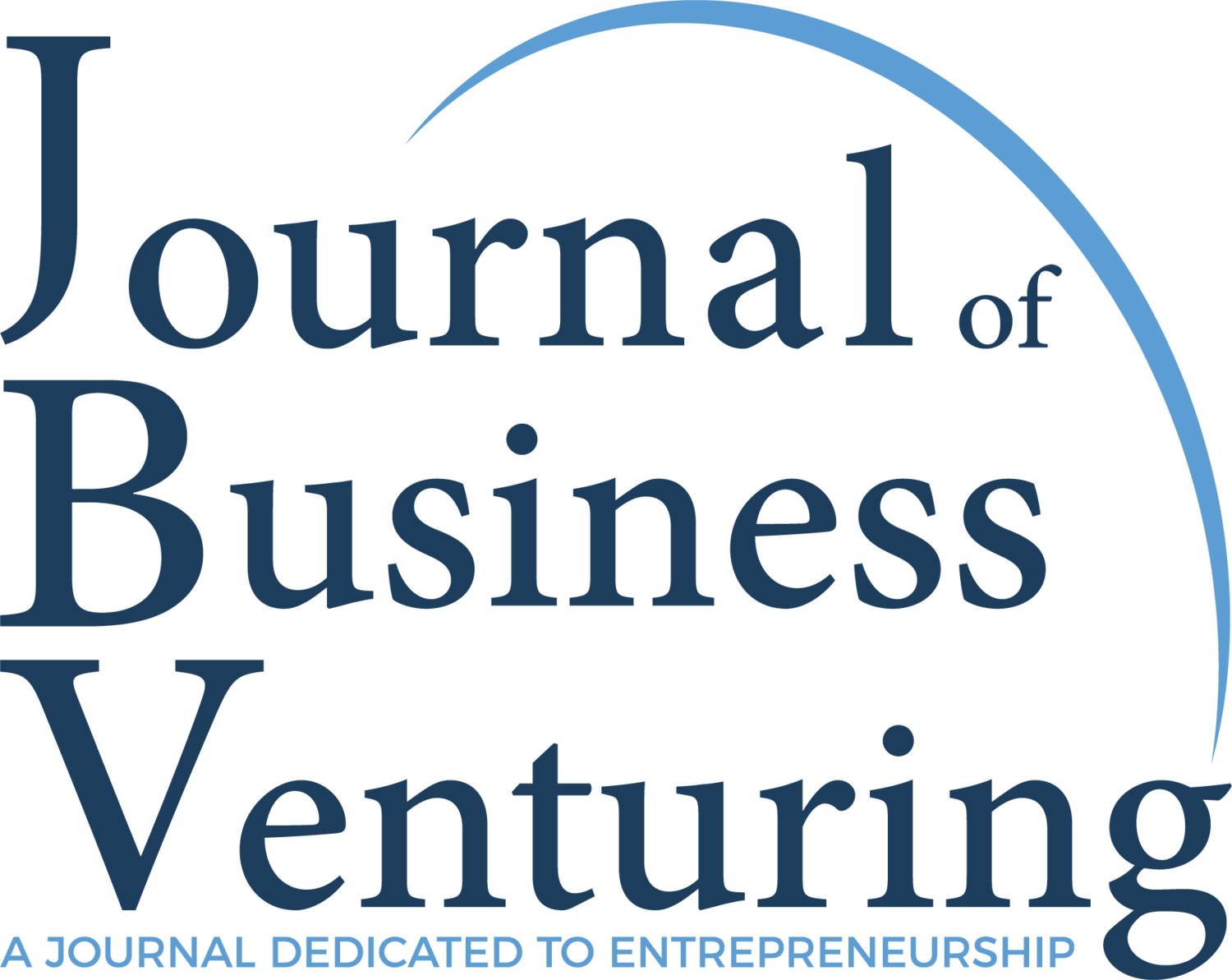Social Entrepreneur: Friend or Foe?
Research Paper Title:
“The potentials and perils of prosocial power: Transnational social entrepreneurship dynamics in vulnerable places”
Authors:
Florian Koehne (Institute for Entrepreneurship at Johannes Kepler University Linz)
Richard Woodward (The University of Edinburgh Business School)
Benson Honig (DeGroote School of Business at McMaster University)
Background:
Power can be used for both good and bad purposes. But even when used as a source of good, it can result in unintended harm to those intended to benefit from it. This article introduces the concept of prosocial power and explores why and how it can function as a double-edged sword in the hands of social entrepreneurs who seek to support disadvantaged others. The authors developed a dynamic model that illustrates that the orchestration of four critical characteristics: social distance, bi-directional learning, reflexive impact measurement, and socio-spatial dominance play a decisive role in whether or not social entrepreneurs can have a positive social impact. In short, the authors highlight the importance of carefully engaging in prosocial organizing to avoid asymmetrical power relations between high-capacity social entrepreneurs and the comparatively less powerful social actors they seek to support.
Highlights:
The authors introduce the concept of prosocial power to social entrepreneurship research
The authors theorize on prosocial power as a double-edged sword for the positive and negative impact
The authors demonstrate how prosocial power is embodied and wielded by multi-contextually embedded social entrepreneurs
The authors contribute to the lack of research on the correlations between the bright and the dark sides of prosocial organizing
The authors comparatively explore the work of three different types of transnational social entrepreneurs in indigenous contexts
Methodology:
Sample Description: The qualitative study looks at three different types of transnational social entrepreneurs who work with indigenous communities in rural Ecuador.
Sample Size: 12 prosocial entrepreneurs with transnational embeddedness (6 of foreign origin; 4 of local, non-indigenous origin; and 2 of local, indigenous origin).
Analytical Approach: 67 interviews, triangulated with the participant and non-participant observation.
Hypothesis:
Social entrepreneurs who are able to minimize the social distance with the disadvantaged others they seek to support have a greater chance of leveraging their prosocial power for positive social impact in vulnerable places, while those who are unable to do so will tend to fail in such leveraging.
Social entrepreneurs who engage in constant and bi-directional learning processes with the disadvantaged others they seek to support will have a greater ability to leverage their prosocial power for positive social impact in vulnerable places, whereas those who do not are likely to fail to do so.
Social entrepreneurs who reflexively examine and adjust their practices will be more likely to leverage their prosocial power for positive social impact in vulnerable places, whereas those who do not will tend to fail to do so.
Social entrepreneurs who gradually empower disadvantaged others will be better able to leverage their prosocial power for positive social impact in vulnerable places, whereas those who dominate the socio-spatial contexts of those they seek to support will fail to do so.
Results:
The prosocial power of social entrepreneurs is a double-edged sword that can have a positive and negative impact on disadvantaged others.
The socio-spatial embeddedness, as well as the human and social capital endowments of social entrepreneurs, play a critical role in their embodiment of prosocial power.
The impact of prosocial power is essentially influenced by different levels of social distance, bi-directional learning, reflexive impact measurement, and socio-spatial dominance that exist between social entrepreneurs and the disadvantaged others they seek to support.
Four patterns of socio-spatial dominance were identified as schemata for the empowerment of disadvantaged others: (1) support, (2) inclusion, (3) ownership, and (4) transition.
Conclusion:
The study highlights the importance of context-based power relations for social entrepreneurs, examining and theorizing how they can either succeed or fail at their transformational objectives. It addresses largely overlooked assumptions regarding the embeddedness of entrepreneurial actors, providing important theoretical insights on context-spanning social entrepreneurship. Specifically for multi-contextually embedded social entrepreneurs, the authors argue that it is essentially through low social distance, high bi-directional learning, high reflexive impact measurement, and low socio-spatial dominance that the entrepreneurs can leverage the potential of their prosocial power for a positive social impact on disadvantaged others. Conversely, it is through high social distance, low bi-directional learning, low reflexive impact measurement, and high socio-spatial dominance that the prosocial power of social entrepreneurs can act as catalysts for negative social impact.


